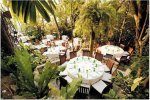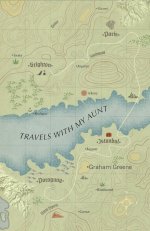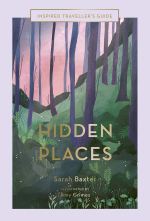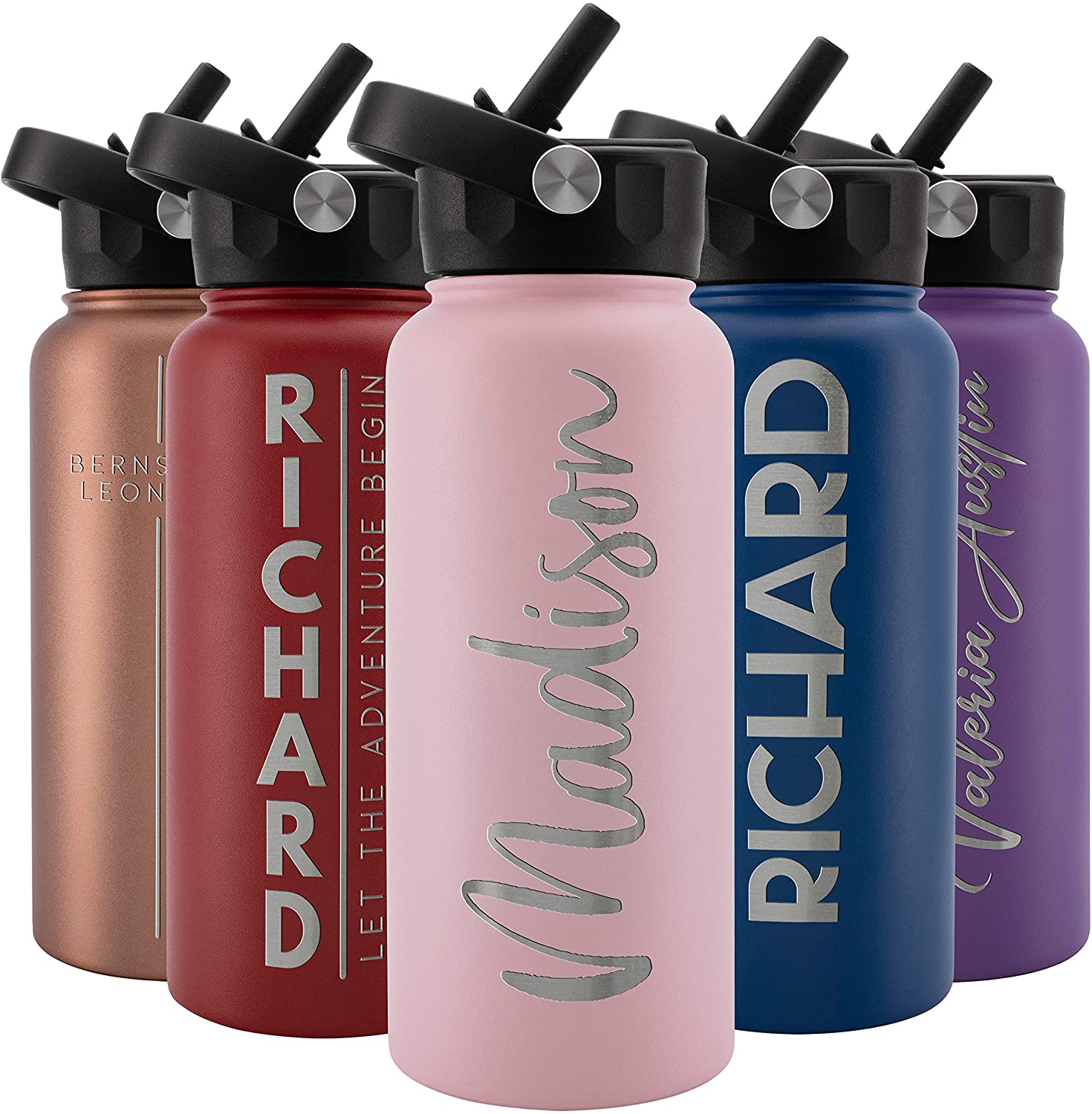Manya explores
Egypt Cairo Nile
Egypt Cairo Nile
CLICK HERE to watch a video interview with Manya Arond-Thomas, M.D. in which she
describes her adventure in Egypt and the Upper Nile. And for
her postscript on how safe she felt traveling in Egypt, CLICK HERE. But first - READ ON!
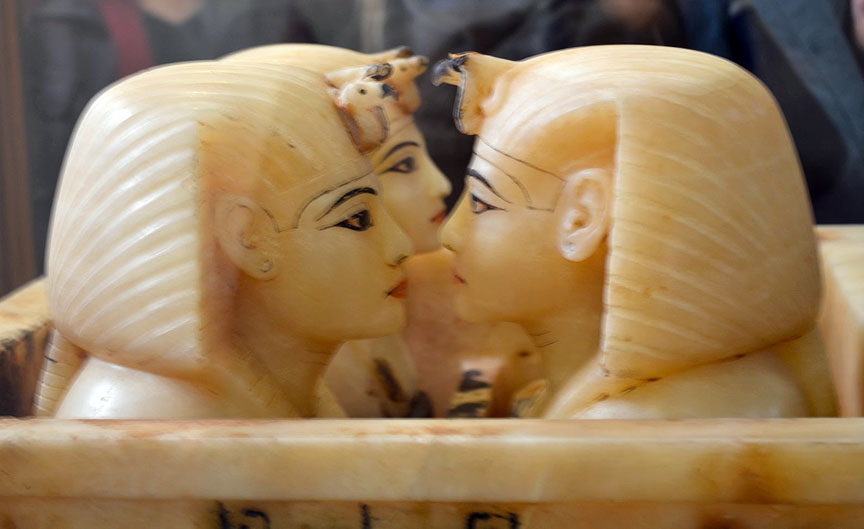
The following is a transcription of the video that includes Manya’s photos from Cairo, Egypt, the Giza Plateau and a cruise up the Nile.
Carolyn: I'm here today with Manya, who's going to tell us all about her recent exciting trip to Egypt.
Manya: Hi Carolyn. Well, I love to talk about my Egypt trip. It was really a marvelous trip and I highly recommend it. So let's see… I have had a strong intuitive connection to Egypt ever since I was at least twelve. When I was twelve, I found myself telling classmates that I was born in Cairo, Egypt and to prove it we took a field trip to the UN and I signed in as having been born in Cairo, Egypt.
Carolyn: You could get away with that in those days.
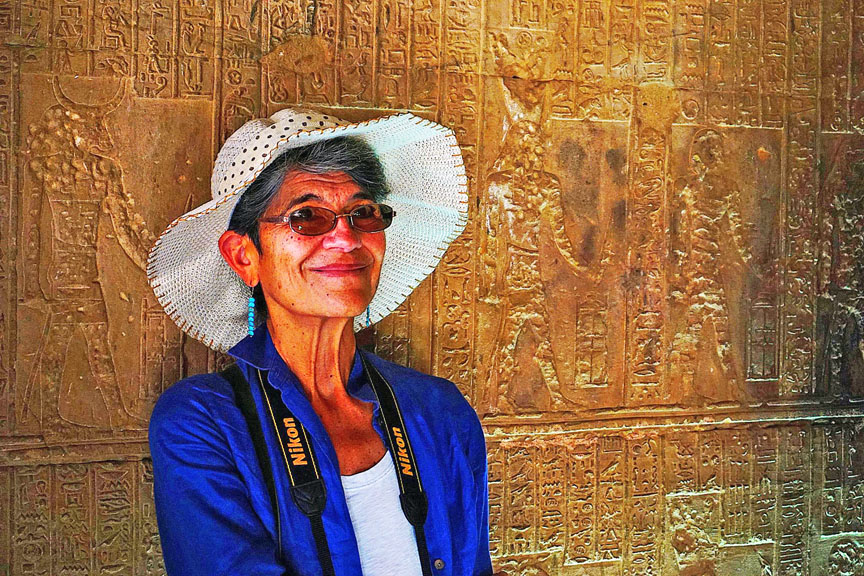
Manya: And then in my early teens my best friend and I would write notes to each other in hieroglyphics, very simplified, of course. Then I didn't really think about Egypt until my mid-thirties.
A friend had a sort of long weekend birthday party and a bunch of women stayed over and one night I had a waking dream that I had been an initiative in Egypt, sort of. I saw myself doing, you know, rituals and practices, and it just really sort of piqued my curiosity again.
Egypt Cairo Nile
So I've always had this intuitive connection to Egypt and several years ago when I started studying the enneagram my teacher, Russ Hudson, mentioned that he led trips to Egypt. And I immediately, like I have to do this sometime. I wasn't able to do it the first year after I heard, but I was able to do it this year.
It was basically advertised and designed as a spiritual pilgrimage because everybody… basically they wanted people who 1) knew about the Enneagram, 2) may have had… some kind of spiritual practice interest - whatever - and a number of people on the trip were involved with an approach called the Diamond Heart approach so that was something we all shared in common.
The trip was designed to reveal to us the mysteries in Egypt and some of the sort of the spiritual principles that were really infused into every aspect of Egyptian culture.
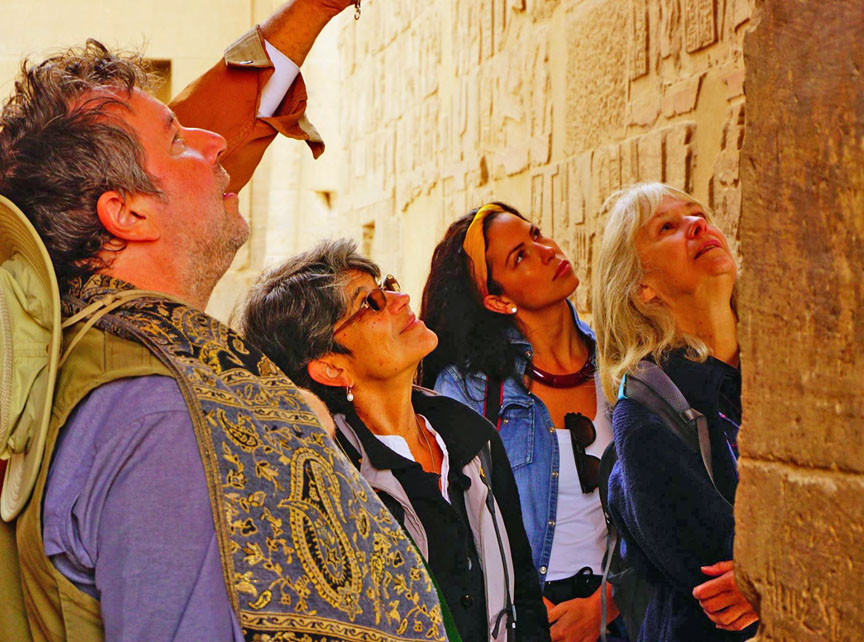
Also in the sense, that Egypt had a more direct connection to what we might call “higher consciousness” than we do.
They performed feats that are extraordinary. We have no idea how they did them. The pyramids are made out of stones that are 20 to 100 tons each. They were quarried 500 miles down the Nile - or up the Nile really - brought on boats carved precisely to fit into interlocking patterns that you cannot fit a razor between. The angles of the pyramids are perfect, I mean, the casing stones have been removed so you can actually see the other end.
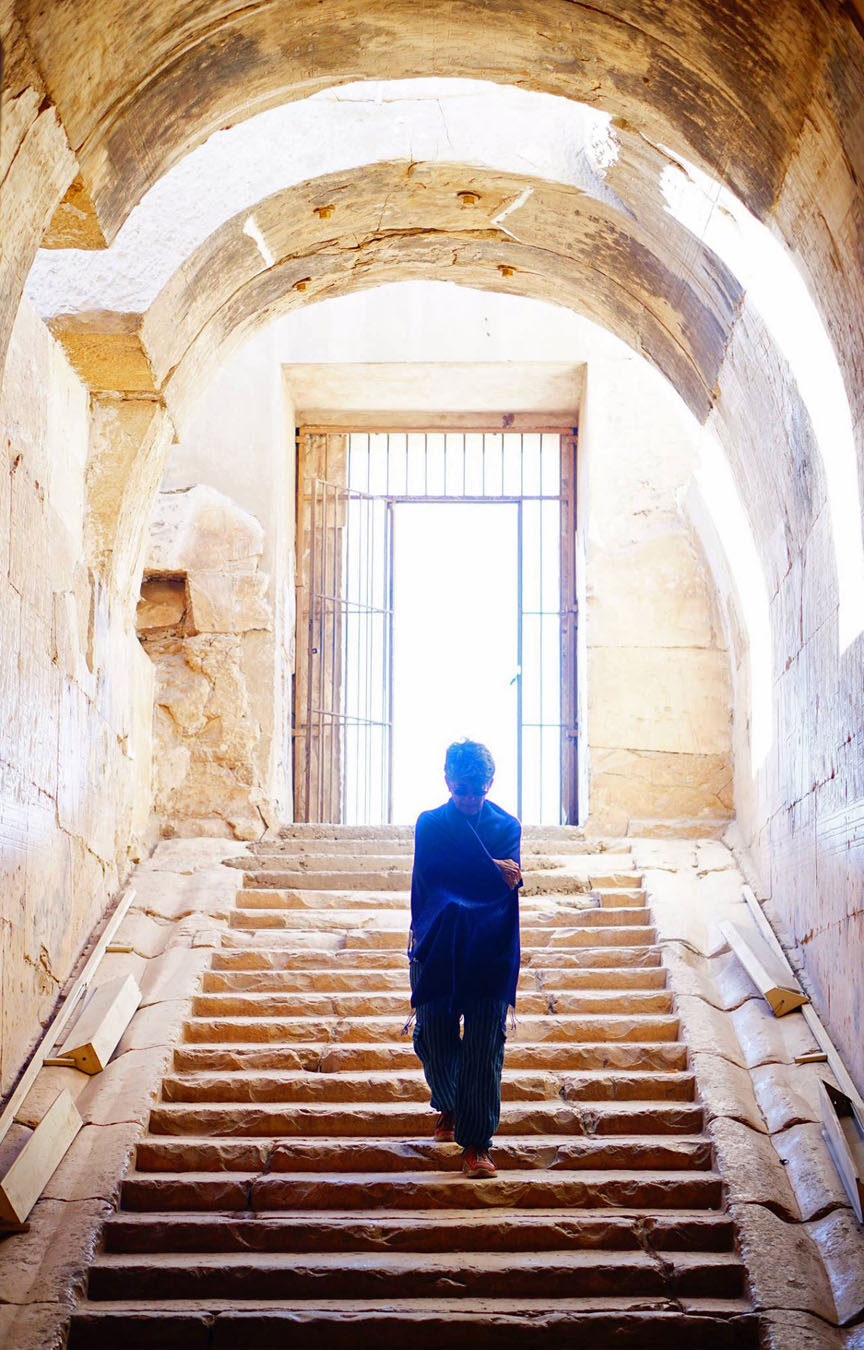
Egypt Cairo Nile
The artwork is jaw-dropping. It is so rich with, I mean, the work itself is incredibly fine and sophisticated and you can still see a lot of color in a lot of the temples because they used mineral pigments.You can imagine how brilliant they were several thousand years ago.
The Egyptians in their hieroglyphics,and in their artwork, depicted scenes of everyday life, but most of the images had meaning on multiple levels. So you know, we saw that, it was amazing. It's the most visually stunning experience I've ever had.
Carolyn: So tell me what you were telling me earlier about when you first got to the airport, to immigration, how they greeted you?
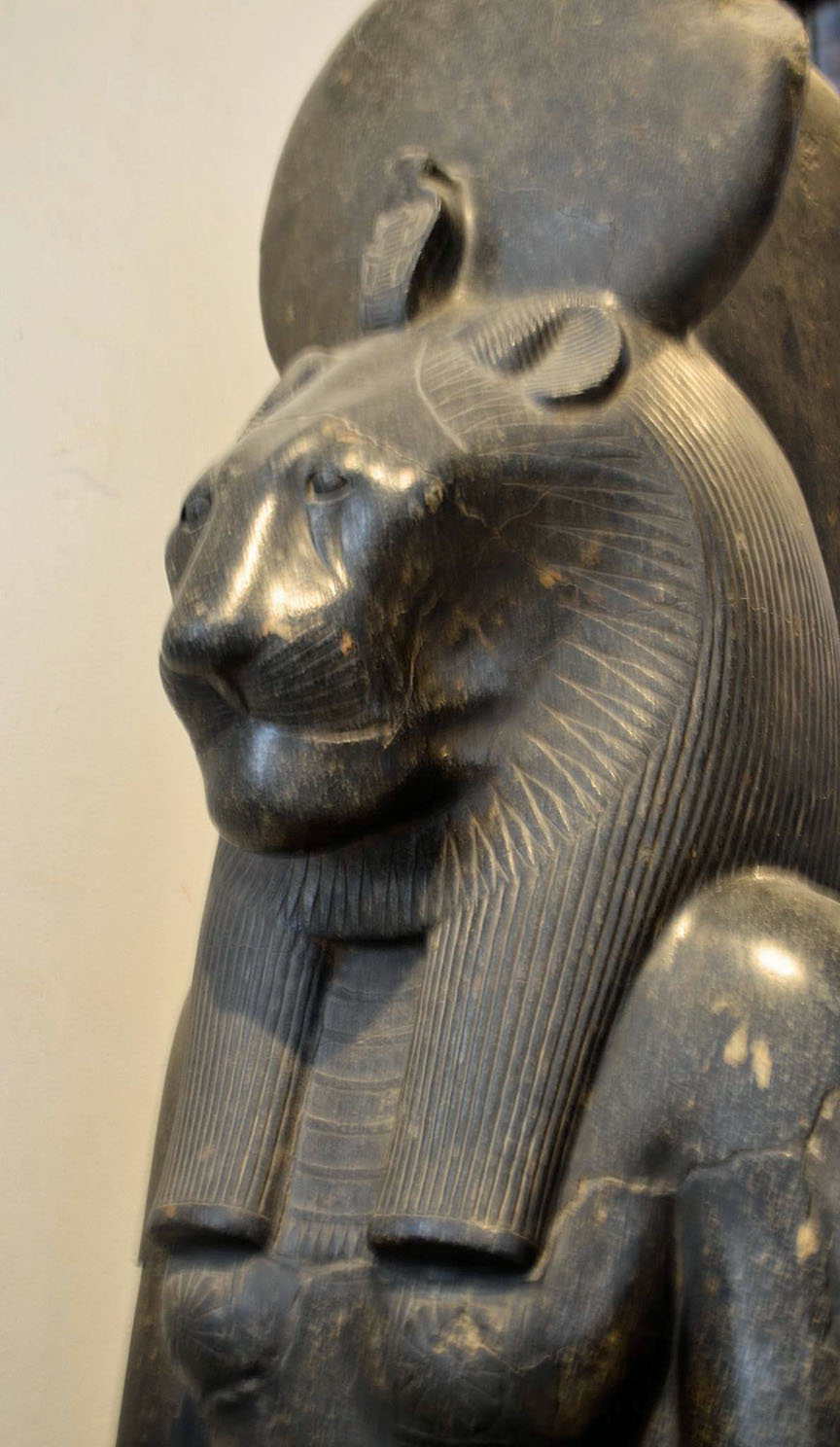
Manya: Well, in immigration - they were very friendly, you know - I don't remember specifically how they greeted me, but then the people on the tour, or the people who I shouldn’t say on the tour, but the facilitator who was kind of like the fixer person.
He did all the practical,logistical stuff - and Emile who was our actual guide and Mohammed who's the owner of the tour operation, their first response meeting you is, “Welcome home.”
And by the end of the trip they were saying, “We are your family” to us. I have always found the Arab people to be just incredibly warm and welcoming and hospitable and generous.
Carolyn: So how many days was the trip?
Manya: The trip, let’s see…
Carolyn: Not including the nightmare days that took you to get there and back…
Manya: It was 21 days.
Carolyn: And so you started in Cairo?
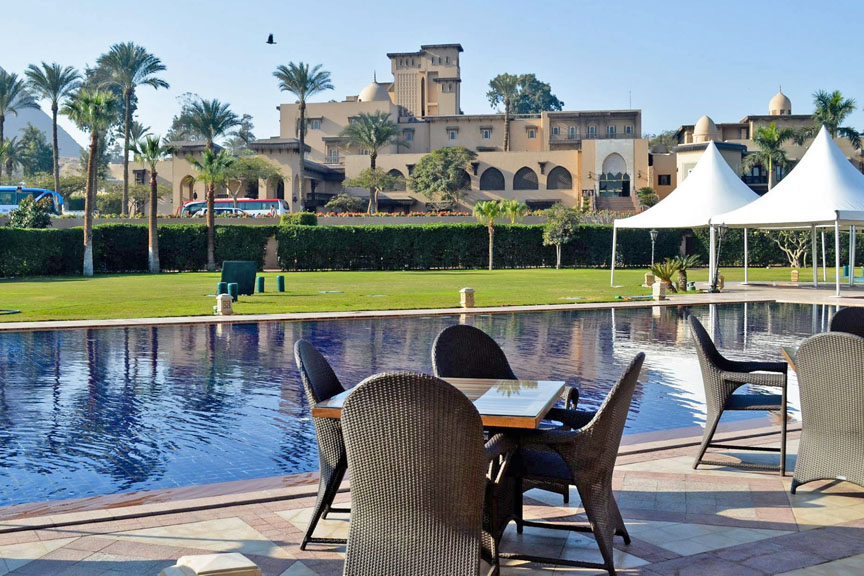
Manya: We started in Cairo. We stayed at a fabulous hotel, it's a five-star hotel called the Mena House
It overlooks the pyramid as it was built in the mid-1800s by Egyptian royalty who initially sort of built a palace and it has amazing grounds.
We stayed there five nights. The first day we saw more of the kind of Coptic Christian and Muslim churches and mosques and got a feel for the city, and then we started going out to the big important sites and monuments that are close to Cairo such as the Giza Plateau.
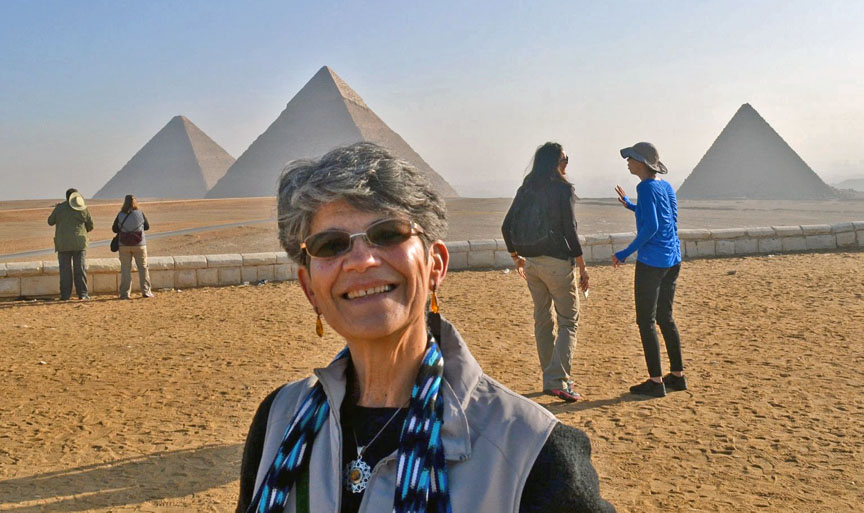
The Giza Plateau is literally across the Nile from Cairo, and that's where the Sphinx is and the three pyramids of the Giza Plateau, the Great Pyramid - there are basically three pyramids.
There's a small one which was like the Queen's pyramid called Menkaure. There's another one, the Great Pyramid of Khafre which actually looks the largest because it's on higher elevation, but it's not. Then there's the Great Pyramid which is the Great Pyramid of Khufu.
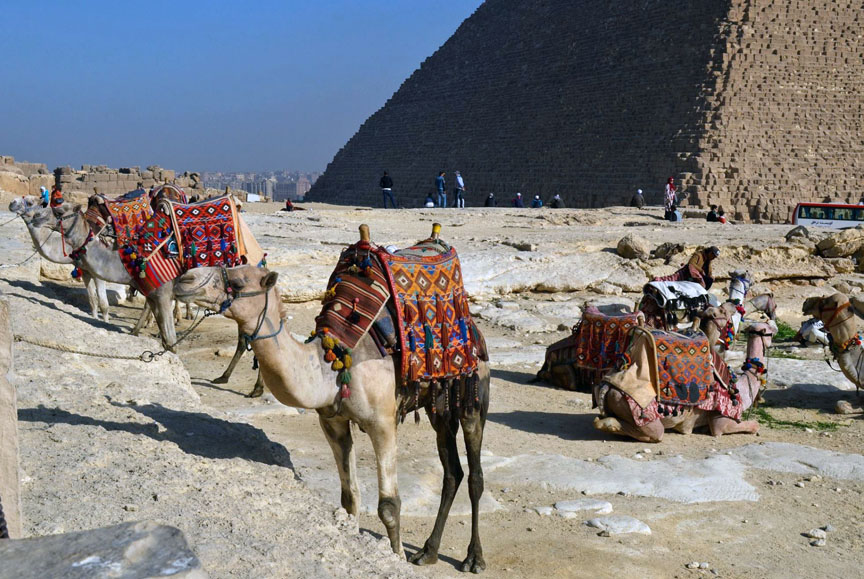
The thing about this trip that was really fab - well one of the things that was fabulous - is that because of the people who organized it and the leaders being connected to this whole approach, you know, to understanding ancient Egypt as an advanced and highly spiritual civilization.
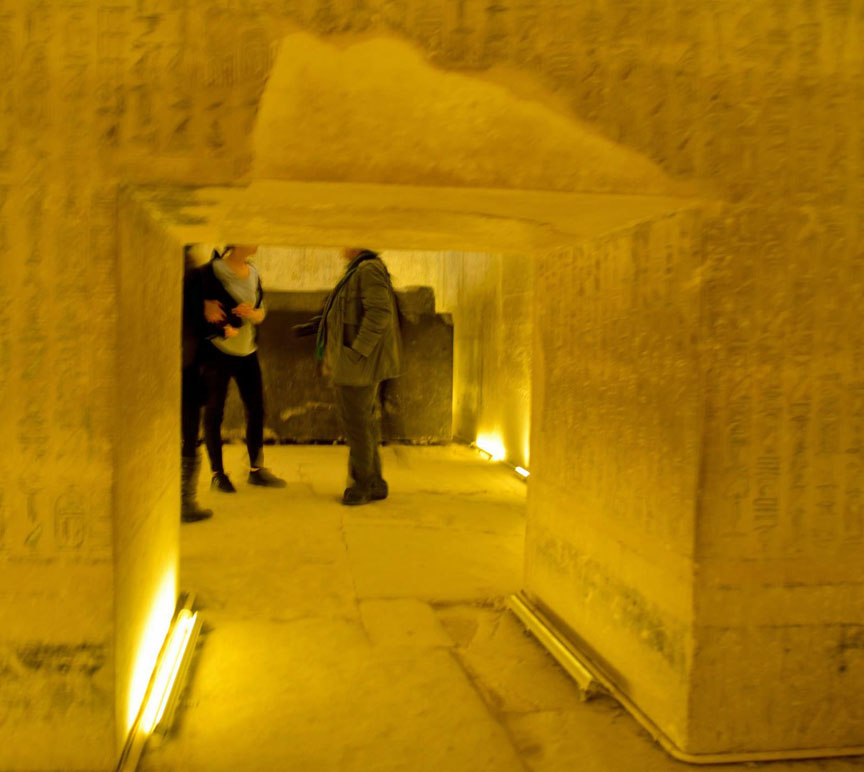 Inside one of the tombs; the walls of all the tombs are covered with stunning artwork.
Inside one of the tombs; the walls of all the tombs are covered with stunning artwork.Egypt Cairo Nile
We had special dispensation, so at a number of sites we got there before sunrise, before other tourists were there. We got to watch the sun rise on temples. In the front they have these massive statues of various gods and goddesses. You see them lit up in the black of the night initially,and it's awesome in the true sense of the word.
Carolyn: It sounds grand. How was the food and I always want to know about…
Manya: I love Middle Eastern food. It is my preferred cuisine and it was divine. It was delicious. It's a variant of Middle Eastern food and it was great.
Carolyn: Anything particular to Egypt that you wouldn't find anywhere else in the Mediterranean, in terms of cuisine?
Manya: Well, I'm going to say, often we were taken as a group to a buffet, and they would give us what they call mezze first, which are wonderful appetizers. Delicious, lightly-breaded, fried eggplant slices and always tahini and always hummus and mixtures of hummus and feta cheese and different kinds of olives and wonderfully roasted meats and vegetables and, it's mouth-watering.
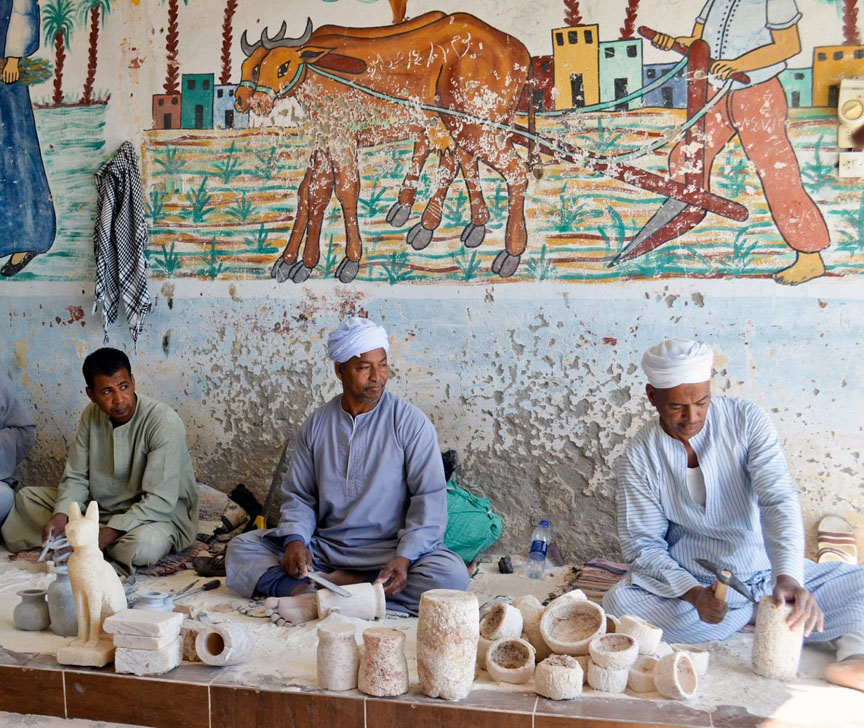 After leaving the Temple of Hatshepsut, we stopped at an alabaster workshop (with adjoining store filled with beautiful statuary). Alabaster is very difficult to work with and thus requires a lot of skill.
After leaving the Temple of Hatshepsut, we stopped at an alabaster workshop (with adjoining store filled with beautiful statuary). Alabaster is very difficult to work with and thus requires a lot of skill.Carolyn: So what would you say, of everything you saw, because it sounds really, really overwhelming, what one thing impressed you the most?
Manya: That's always such a hard question to answer… there were so many wonderful aspects.
I do want to tell you about my trip up the Nile which was fabulous, but I would say overall what I’m taking away that impressed me was it gave me a perspective on…I don't know, a civilization in human consciousness. It really puts things…
It's a very humbling--it's an extraordinarily humbling - experience in terms of the richness and the sophistication and the advancement that you see there and realizing that this happened 4,500 years ago and that actually there are even some monuments, including the Sphinx,which clearly were built by a prior ancient civilization.
So Egypt was probably the legacy of a prior ancient advanced civilization. It gives you a different perspective on reality…
Carolyn: Okay, so tell me about the trip up the Nile up, down the Nile…
Manya: The Nile is one of the few rivers in the world that actually flows from south to north.
Carolyn: Right.
Manya: So northern Egypt is called Lower Egypt and southern Egypt is called Upper Egypt and you go up the Nile by going south.
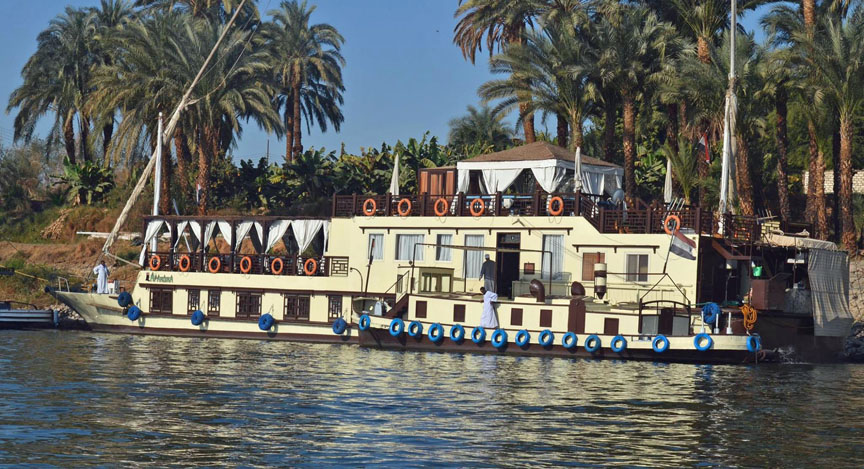
Manya: We basically were on the boat nine nights and eight days and we anchored in a few different places.
We flew first to Luxor. There we saw, Luxor has one third of the world's antiquities. It's unbelievable. It's anchored by two major humongous temples. We saw sites there and then we got on the boat in Luxor.
We were on a small boat that had ten guest cabins. It was a hundred and ten-year-old British restored boat. I felt like I was kind of in “Masterpiece Theater” in one of those dramas, the sort of costume period pieces you know. Anyway it was wonderful…
Carolyn: And there was a restaurant on the boat? Food on the boat…?
Manya: Well, there was a chef and a crew, and each member of the crew had a particular job. They were all very warm, and the guys who cleaned the cabins made these delightful puppets out of towels and our scarves that we relying around and it was delightful.
Carolyn: Probably learned that from the cruise industry…
Manya: Yeah, for sure.
Carolyn: And most of them speak English?
Manya: No, they barely spoke English. I mean it was real pidgin English. It was so peaceful, I mean mostly the Nile, it looks the same way it did several thousand years ago, just desert…
Carolyn: So there's not a lot of housing development or anything up to the banks?

Manya: You don't see anything on the banks. For example one evening we anchored near an island—it wasn’t a port or anything. We just anchored off an island and Emile, our guide, says, “I'm going to show you ancient Egypt,” and he took us into a village which was a very short walk from…
Carolyn: The banks.
Manya: The banks, thank you. And this village was outside of a larger town, but it was a small village. It was made up of a family compound that had I think maybe gourapartments in it.
The women and girls and boys were all traditionally dressed - even boys wearing turbans and girls wearing sort of the djellaba and the building was probably, who knows how old, a thousand, two thousand years old.
It was like, I think it was an extended family and each there have their apartment. It was totally sparse and bare…
Carolyn: No electricity?
Manya: Though they had a single light bulb, but the walls were brightly painted and sometimes they had decorative edging. They had a bed, I mean each bedroom had a bed, and the kitchen had a refrigerator and a stove and some kind of cabinetry or makeshift cabinetry that held pots and pans and dishes.
I’m trying to remember if they had dirt floors or not…there was an inner courtyard that had a communal stove or oven. We got there and the kids all thronged around us and eventually probably the whole compound, the whole family was there and they were all curious …
Carolyn: Of course.
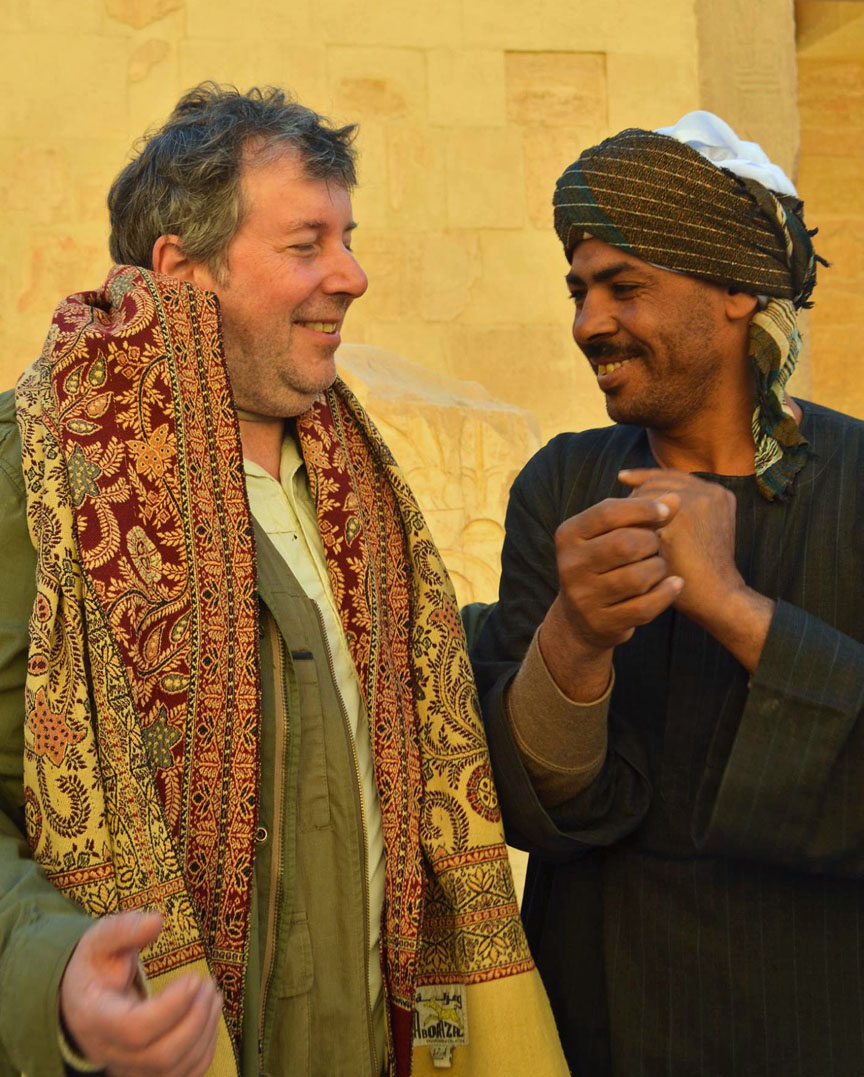 Russ Hudson
Russ HudsonManya: Eager to meet us. One of the women had just made fresh bread and offered us pieces, which was lovely, absolutely lovely.
And so going up the Nile I really did have a sense of life being put back in time to ancient Egypt…it's very cool…
Carolyn: And mystical.
Manya: Yeah.
Carolyn: Did you see a lot of stars at night?
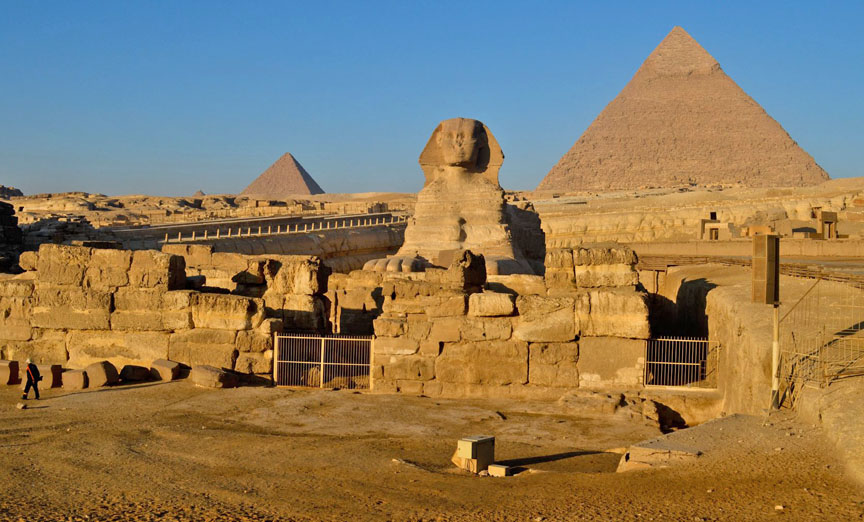
Above; The Sphinx guarding the pyramids. To the left is Menkaure Pyramid, to the right is Khafre Pyramid and not visible is the Great Pyramid which is to the right of Khafre. In front of the Sphinx is a temple, and in ancient times, the banks of the Nile came almost up to the temple.
Manya: Yeah, some places. And that's another really fascinating thing because they were expert astronomers.
I don't know if you know this, but the three pyramids… basically the Sphinx kind of guards the three pyramids but they were all built to be aligned with the fixed stars of the zodiac: Leo, Aquarius, Scorpio and Taurus, and the really amazing thing - so this is kind of mind-blowing - it's hard to wrap your mind around, but there's evidence that the Egyptians knew about a cosmic time clock which has a 26,000-year cycle.
Essentially the Sphinx points due east where the Sun rises, but it's also built so that the star Regulus, which is the brightest star in the Leo constellation and possibly the brightest star - it takes 26,000 years for it make a complete circle I guess around the Sun - and once every 26,000 years the pyramid points directly to Regulus. Isn’t that something?
Carolyn: You wonder who figured that out.
Manya: Yeah.
Carolyn: That’s amazing.
Manya: And also that there are these ancient stone monuments… there are three different sites. There's Easter Island, those big, huge - I forget what they call that, begins with an M - and then in Peru and Giza, and they all lineup on a straight line, it's really amazing.
There's a wonderful documentary called, “The Secrets of the Great Pyramids,” which talks about some of the math and astronomy that was behind, the people to have been behind all the building.
Egypt Cairo Nile
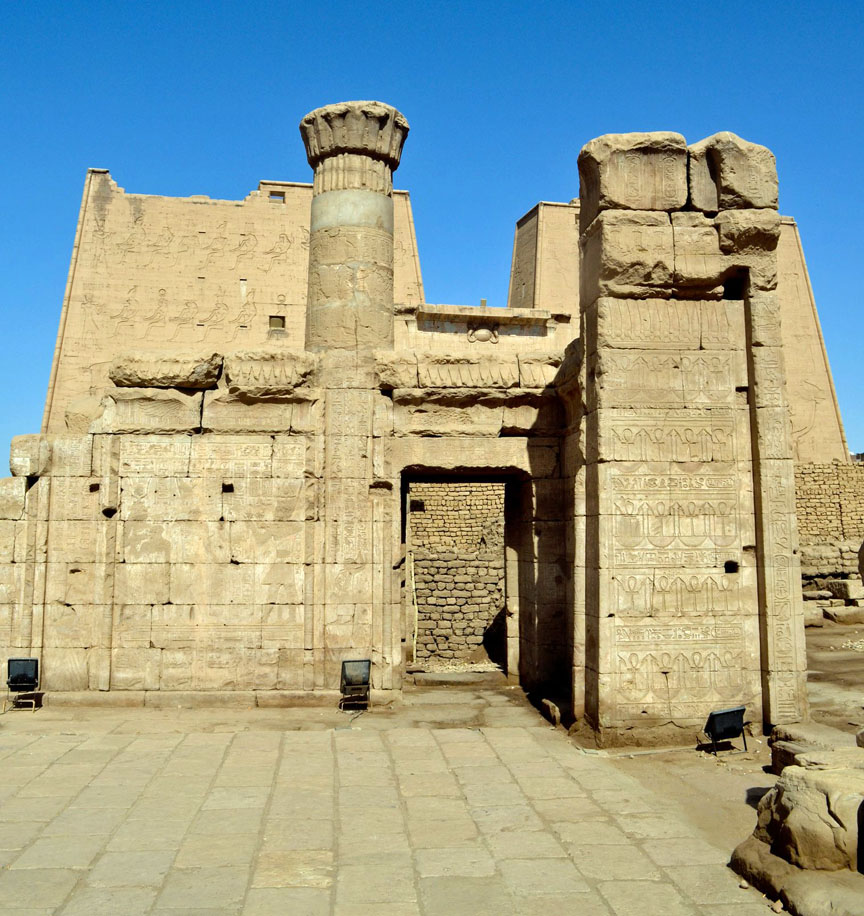 The Temple of Horus is the best preserved of all the remaining temples. It is from the Ptolemaic period, 332 - 30 B.C., when there were Greek rulers. You can see how much simpler the artwork had become by then.
The Temple of Horus is the best preserved of all the remaining temples. It is from the Ptolemaic period, 332 - 30 B.C., when there were Greek rulers. You can see how much simpler the artwork had become by then.Carolyn: So what of the trip, I don't want to say what didn't you like, but what was the most inconvenient or uncomfortable part of the trip for you?
Manya: Well, I would say it was just the personal challenges I had, I guess. First of all everybody on the trip was sick at various points and passing stuff around.
Our main sort of co-organizer/leader was sick… he kind of wasn't up to par. His original co-leader couldn't make it because of a crisis at the last minute, so somebody else stepped in, who was also wonderful delightful young man…
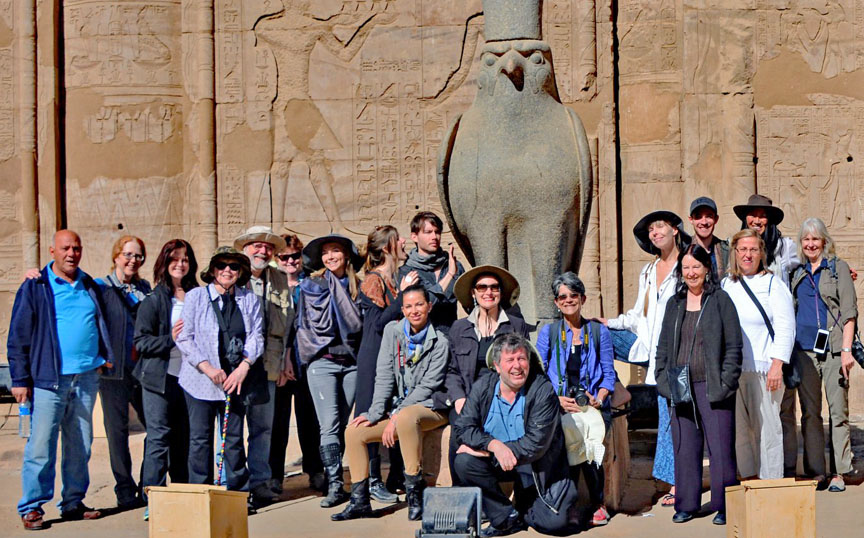
Manya: There was always a group, you know, in a tour group there's always personalities and group dynamics we have to contend with.
Carolyn: Yeah.
Manya: The weather was cooler than I anticipated. I did not pack correctly at all, I looked at on weather.com and the temperatures looked comparable to Cuenca, but they didn't feel comparable to Cuenca, and it was their winter. No, it was cold and particularly, you can imagine in the early mornings before sunrise, it was 40s.
Carolyn: So how would you pack if you were to do it again?
Manya: Well, the thing is, you have to consider this is their winter but they don't have any tourist business during May through September because it's so hot so peak season is …
Carolyn: Winter for us. For North Americans.
Manya: Yeah, but you definitely need... some people had worn coats. I was wearing every layer I had brought which was one wool sweater, one light fleece and one travel vest, I mean, I wore that practically all the time.
I took layers off when the Sun would come out and it would get warm. There were some days particularly as we went south where it was warmer in the day. Yeah, but you do have to remember they have winter... I mean it’s their winter.
Carolyn: So anything else you'd like to add that was outstanding?
Manya: Gosh, you know, I love the people, I love the food, the architecture is astounding, the artwork is jaw-dropping…and it's really important to have the right guides, but that's true on any tour. The guides kind of make all the difference, the people you have, and sort of how they do the tour, and they really took good care of us.
We had sort of special little trips, excursion…donkey cart rides into the market because Emile wanted to show us the local market …
Carolyn: So you rode in a donkey cart, what fun.
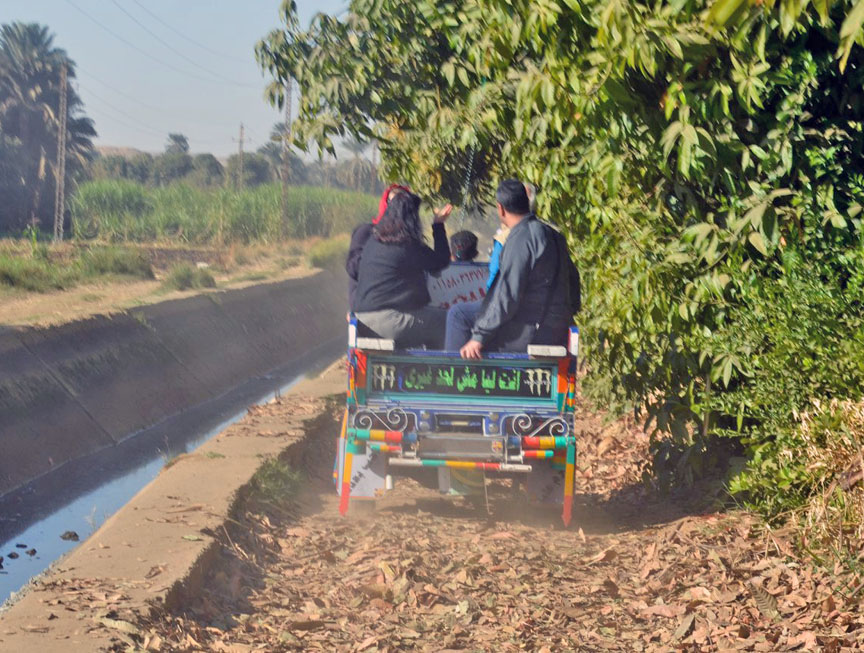
Manya: Yeah, we rode through the streets of Luxor and in donkey carts. Actually this other place we went to,I think it was where he wanted to take us into the market, there were tuktuks that were powered by motorbikes, so we went along this little canal on this little dirt path into town.
Carolyn: What fun.
Manya: Yeah.
Carolyn: That sounds special. Well, thank you so much for sharing that with me and with our readers—and now viewers—at Adventuress Travel Magazine. Do you have another trip planned anywhere exciting that we should know about?
Manya: Well, I'm hoping to go to…I still haven't been to Machu Picchu. I'm hoping to go to Peru in May and I think I'll have a very different appreciation of the ruins there now that I've seen the ones in Egypt.
Carolyn: Good point. Okay, well we'll look forward to a report then on Machu Picchu.
Manya: Thanks Carolyn.
Manya: Okay, so the one thing I do want to mention that I think is really important now that I have a new love of Egypt is, it's very safe to travel there. People think it's not because, yes, there are some terrorism attacks and they had the revolution in 2011.
But basically the Egyptians are very peaceful and the government takes really good care of tourists if you are in a tour group.
Every tour group is required to register with the government and they assign a tourism police to you that is with you every step of the way and very unobtrusive.
I didn't even realize we had one the first four or five days of the trip. Even when we were crossing the desert and we got out at the single rest stop and we were sort of venturing into the desert, suddenly there was a police car in the road and we said, “Why is there a police car here?” He said, “Well that's part of our escort.”
They're just keeping an eye to make sure we're okay, so I felt very safe, very protected.
--Carolyn V. Hamilton
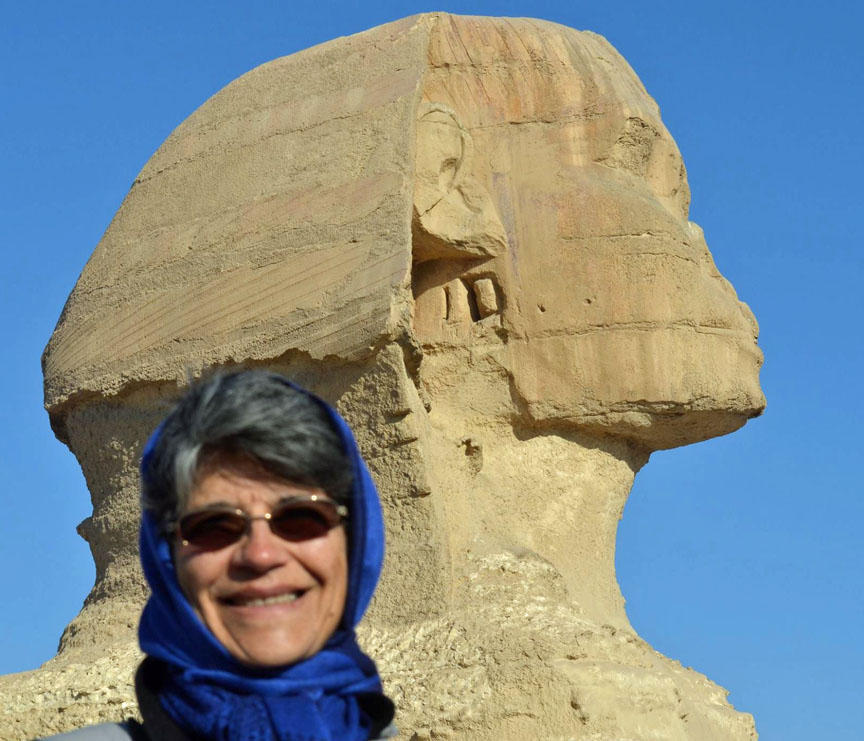
Manya Arond-Thomas, M.D. is a writer, healer, guide, facilitator,
traveler, photographer, and lifelong learner. In her professional lives,
she has been a massage therapist, a physician/psychiatrist, an executive, a
business and life coach, a trainer and process facilitator. She also describes a
long career as a seeker, having frequently described herself as “always – or
forever – in transition.”



